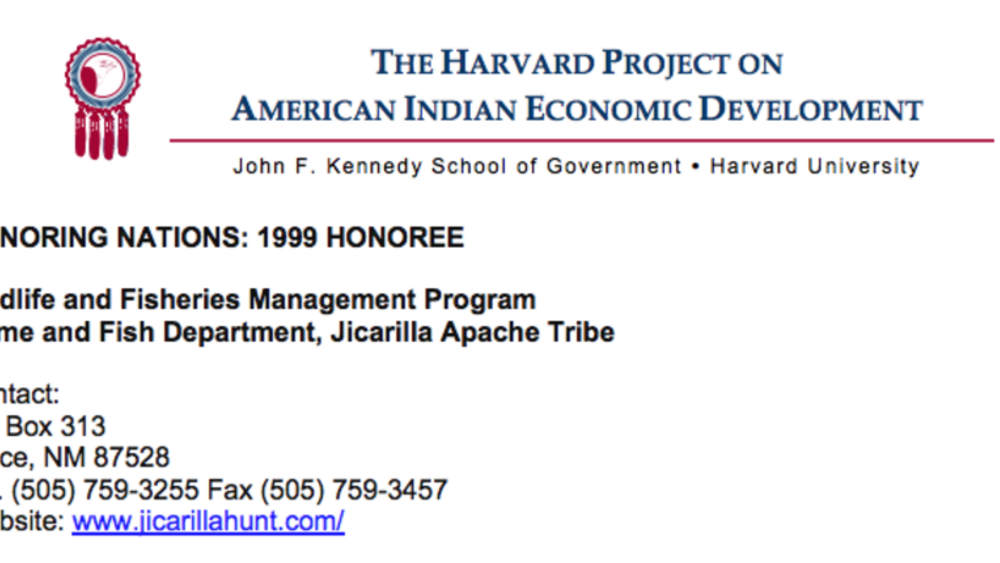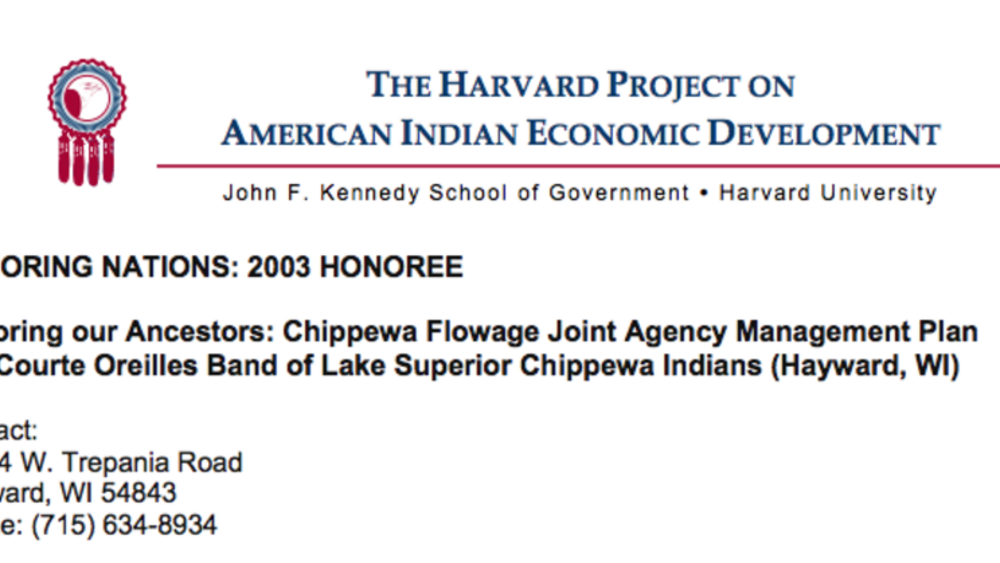Few people are satisfied with the Indian Act, but no one will deny its importance. For the individuals to whom it applies, the Act is a basic and specific constitutional document. It defines their rights and entitlements, their citizenship and their relationship to the federal and provincial governments. It provides the mechanisms that include or exclude them from membership in a Band. For First Nations, it creates the framework within which both public and First Nations officials and political leaders must work, profoundly shaping the nations’ political and economic life. For Canadians as a whole, the Indian Act to a large extent defines their collective institutional relationship with members of First Nations, while it powerfully shapes their relations as neighbours and business partners. This report is an analysis of the contemporary Indian Act from the perspective of public administration and political science. It relies upon some concepts used in governance, organizational and management research. The purpose is to understand to what extent the Indian Act creates a good institutional setting for healthy democratic government and effective administration and management in First Nations communities.
Additional Information
Abele, Frances. "Like An Ill-Fitting Boot: Government, Governance and Management Systems in the Contemporary Indian Act." A Report for the National Centre on First Nations Governance. National Centre for First Nations Governance. Canada. June 25, 2007. Paper. (https://fngovernance.org/wp-content/uploads/2020/06/frances_able.pdf, accessed May 17, 2023)



